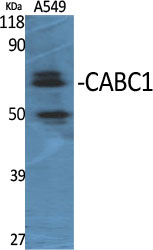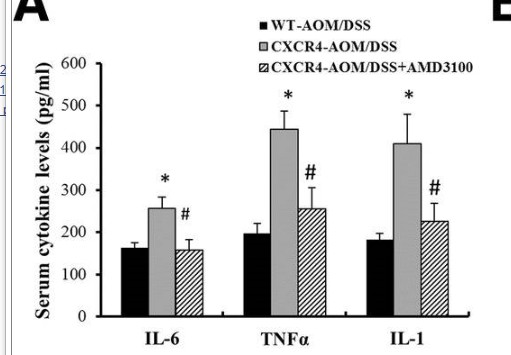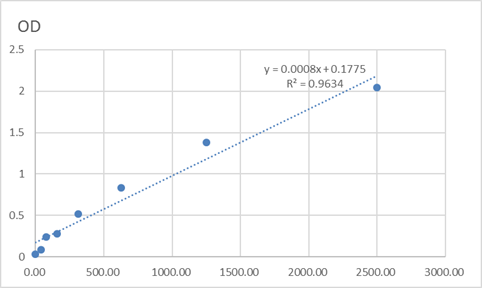
Catalog: KA3820C
Size
Price
Status
Qty.
96well
$330.00
In stock
0
Add to cart


Collected


Collect
Main Information
Reactivity
Human, Mouse, Rat
Applications
ELISA
Conjugate/Modification
Unmodified
Detailed Information
Storage
2-8°C/6 months,Ship by ice bag
Modification
Unmodified
Detection Method
Colorimetric
Related Products
Antigen&Target Information
Gene Name:
ADCK3
show all
Protein Name:
Chaperone activity of bc1 complex-like mitochondrial
show all
Other Name:
ADCK3 ;
CABC1 ;
PP265 ;
Chaperone activity of bc1 complex-like ;
mitochondrial ;
Chaperone-ABC1-like ;
aarF domain-containing protein kinase 3
CABC1 ;
PP265 ;
Chaperone activity of bc1 complex-like ;
mitochondrial ;
Chaperone-ABC1-like ;
aarF domain-containing protein kinase 3
show all
Database Link:
Background:
disease:Defects in CABC1 are a cause of coenzyme Q10 deficiency [MIM:607426]; also known as primary CoQ10 deficiency. Coenzyme Q10 deficiency patients present a progressive neurological disorder with cerebellar atrophy, developmental delay, and hyperlactatemia.,disease:Defects in CABC1 are the cause of spinocerebellar ataxia autosomal recessive type 9 (SCAR9) [MIM:612016]; also known as autosomal recessive cerebellar ataxia type 2 (ARCA2). Spinocerebellar ataxia is a clinically and genetically heterogeneous group of cerebellar disorders. Patients show progressive incoordination of gait and often poor coordination of hands, speech and eye movements, due to degeneration of the cerebellum with variable involvement of the brainstem and spinal cord. SCAR9 is an autosomal recessive form characterized by gait ataxia and cerebellar atrophy with slow progression and few associated features. Patients can manifest brisk tendon reflexes and Hoffmann sign, mild psychomotor retardation, mild axonal degeneration of the sural nerve, exercise intolerance and elevated serum lactate.,function:May be a chaperone-like protein essential for the proper conformation and functioning of protein complexes in the respiratory chain.,induction:By p53.,similarity:Belongs to the protein kinase superfamily. ADCK protein kinase family.,similarity:Contains 1 protein kinase domain.,tissue specificity:Ubiquitously expressed with a relatively greater abundance in heart and skeletal muscle.,
show all
Function:
response to hypoxia, cell death, death, response to oxygen levels,
show all
Cellular Localization:
Mitochondrion . Membrane ; Single-pass membrane protein .
show all
Reference Citation({{totalcount}})
Catalog: KA3820C
Size
Price
Status
Qty.
96well
$330.00
In stock
0
Add to cart


Collected


Collect
Recently Viewed Products
Clear allPRODUCTS
CUSTOMIZED
ABOUT US
Toggle night Mode
{{pinfoXq.title || ''}}
Catalog: {{pinfoXq.catalog || ''}}
Filter:
All
{{item.name}}
{{pinfo.title}}
-{{pinfo.catalog}}
Main Information
Target
{{pinfo.target}}
Reactivity
{{pinfo.react}}
Applications
{{pinfo.applicat}}
Conjugate/Modification
{{pinfo.coupling}}/{{pinfo.modific}}
MW (kDa)
{{pinfo.mwcalc}}
Host Species
{{pinfo.hostspec}}
Isotype
{{pinfo.isotype}}
Product {{index}}/{{pcount}}
Prev
Next
{{pvTitle}}
Scroll wheel zooms the picture
{{pvDescr}}



















